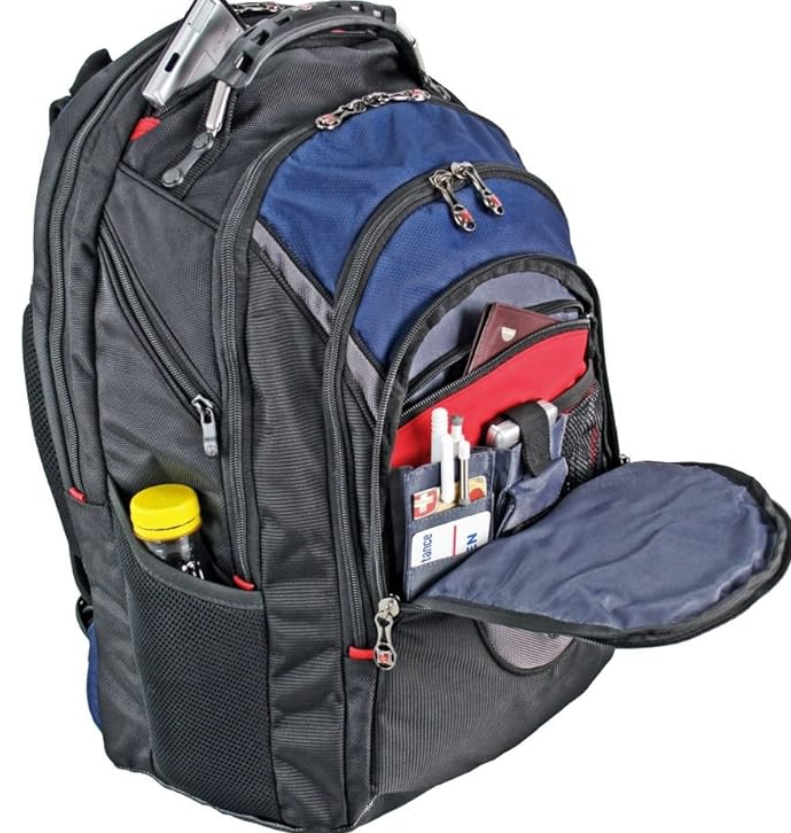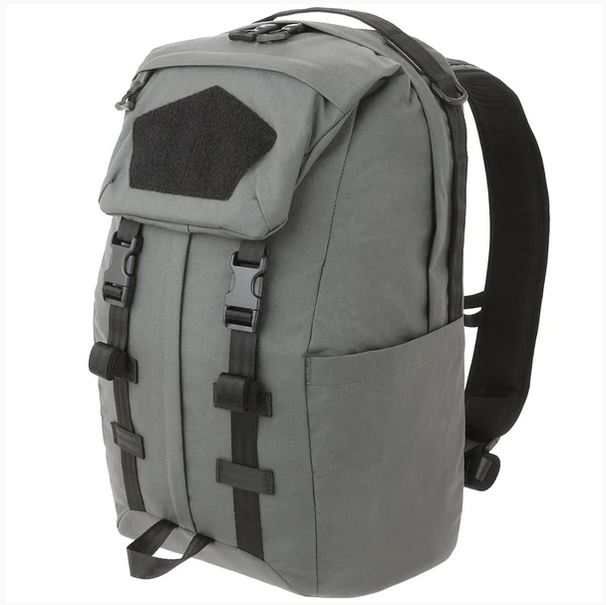
“Bugging out” refers to the act of leaving one’s home or current location in response to a perceived threat or emergency situation. While there are situations where evacuation may be necessary, in most circumstances, “bugging out” is a bad idea . Here are some considerations to think about:
- Risks on the Road: Moving during an emergency may expose you to various risks on the road, such as traffic jams, accidents, and roadblocks. Highways and major routes can become congested, making it difficult to travel efficiently.
- Limited Resources: Bugging out will lead to shortages of essential resources like food, water, and fuel. You can only carry a limited amount of supplies either in a vehicle and even less on foot. You may find yourself in a situation where you are stranded without access to supplies.
- Security Concerns: Leaving your home will expose you to security risks, especially if you are not familiar with the area you are going to or moving through to get to your destination. Your home should be more secure and probably more defensible, and abandoning it could put you at a higher risk.
- Lack of Shelter: Bugging out without a predetermined destination or proper shelter arrangements will leave you exposed to the elements. Harsh weather conditions could pose serious threats to your health and safety.
- Social and Community Support: Your local community and social network is crucial during emergencies. Bugging out may mean leaving behind a support system that could provide assistance, resources, and valuable information.
- Communication Challenges: In times of crisis, communication networks will most likely be compromised. If you bug out without a reliable means of communication, you may lose contact with important information and updates.
While bugging out may be necessary in very limited situations, it should be avoided in most circumstances. You should try to get back home or to a secondary location.
A “Get Home Bag” (GHB) is a pre-packed bag designed to help you survive and navigate your way home in the event of an emergency or unforeseen situation. The contents of a GHB can vary based on individual needs and circumstances, but there are some general qualities that a good GHB should possess. The contents of the bag are very important, but before you get to the contents, lets look at the bag itself.

Get a good quality backpack. Here are key qualities to consider when evaluating a backpack to use as a GHB:
- Durability: A good backpack should be made from durable materials that can withstand the rigors of regular use. Quality stitching, reinforced seams, and robust zippers contribute to the overall durability. Designs made of at least 500D cordura nylon provide a decent amount durability and lighter than their 1000D counterparts.
- Comfortable Design: The backpack should have a comfortable design, with padded shoulder straps and a padded back panel to distribute weight evenly. Adjustable straps and a contoured shape can enhance comfort during extended use.
- Appropriate Size: The size of the backpack should match your needs. Too small, and you won’t be able to carry all your essentials; too large, and it may become cumbersome to carry a long distance. Consider the volume and compartments based on your intended use. A medium size pack (approximately 25 Liters – 30 Liters) is a good universal size that will prevent you from overloading the pack, but still carry the essentials.
- Weight Distribution: A well-designed backpack distributes weight evenly to prevent strain on your shoulders and back. Look for features like a hip belt to transfer some weight to your hips and reduce the burden on your shoulders. The more weight you put in the pack, the more you will want to have a waist belt on your pack.
- Organization and Compartments: Multiple compartments and pockets help organize your belongings efficiently. Look for a backpack with a variety of pockets for different items, water bottle holders, and smaller pockets for accessories.
- Low Profile: Avoid a backpack that is too tactical looking. This potentially makes you more of a target for thieves.
- Weather Resistance: While not all backpacks need to be fully waterproof, it’s beneficial to have some level of water resistance to protect your belongings in case of rain. Water-resistant materials and quality zippers can contribute to this feature.
- Accessibility: Easy access to your belongings is crucial. Look for backpacks with multiple access points, such as front-loading zippers, to reach items without unpacking the entire bag.
- Ventilation: Ventilated back panels promote airflow, reducing sweat and discomfort during prolonged use. Mesh or padded materials can contribute to better ventilation.
- Adjustability: Adjustable straps and multiple points of adjustment ensure that the backpack can be customized to fit your body comfortably, regardless of your size or shape.

